Are you in the middle of whipping up a delicious vegan recipe that calls for tahini, but you have just realized you are out of it? Do not worry! There are several tahini substitutes that you can use, which can save your dish without compromising its flavor.
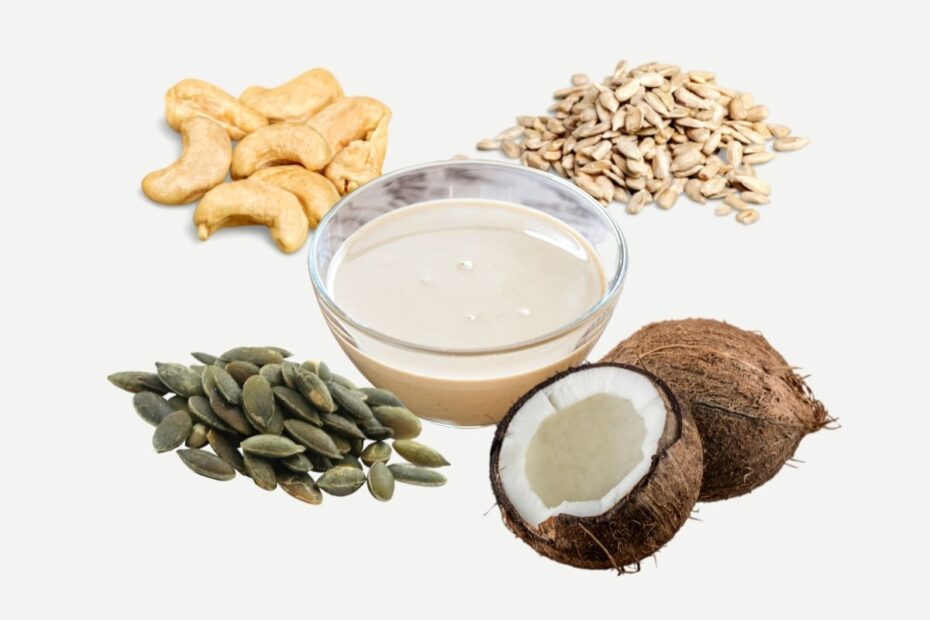
Jump to:
The creamy, nutty flavor of tahini is a staple in many vegan recipes, especially in Middle Eastern cuisine. It is used in everything from hummus to salad dressings. However, if you do not have tahini on hand, there are a number of other ingredients that can provide a similar flavor and texture.
These tahini substitutes are not just for those who find themselves in a pinch. They can also be used by those who have allergies to sesame seeds, the main ingredient in tahini, or by those who simply want to experiment with different flavors in their vegan cooking.
In this article, I will share some of these tahini substitutes. I will discuss how they can be used in your cooking and how they can add a unique flavor to your dishes. This is the only tahini substitute guide you need.
Jump to:
What is tahini?
Tahini is a condiment that originates from the Middle East. It is made from toasted ground hulled sesame seeds.
Tahini is used in various dishes like hummus, baba ghanoush, and halva. It has a creamy, smooth texture with a nutty and slightly bitter flavor. It is rich in nutrients such as healthy fats, protein, and fiber.
Plus, it is a staple in vegan cooking due to its versatility and the unique flavor it adds to dishes. It can be used in both savory and sweet recipes, making it a popular ingredient in a wide array of cuisines.

Why do you need a tahini alternative?
There are several reasons why you may be searching for a tahini alternative.
- Allergies: You might be allergic to sesame seeds, the primary ingredient in tahini. Sesame allergies are quite common, and for those individuals, consuming tahini can lead to unpleasant or even severe reactions.
- Not Readily Available: Tahini may not be readily available in your local grocery store. Depending on where you live, it can be a challenge to find this ingredient. Even if it is available, it is often located in the international foods section, and not everyone may know where to look for it.
- Dislike Flavor: You might simply not like the flavor of tahini. It has a unique, slightly bitter flavor that does not appeal to everyone. If you are trying to prepare a recipe that calls for tahini and you do not enjoy its flavor, you will need an alternative.
- Experiment with Other Flavors: You may be looking to experiment with different flavors in your cooking. Substituting tahini with another ingredient can give your dishes a new and exciting twist.
Regardless of the reason, there are plenty of tahini substitutes out there that can do the job just as well, if not better.
9 best tahini substitutes
When it comes to plant-based cooking, tahini is a staple ingredient. This creamy sesame seed paste adds a unique flavor and texture to many vegan dishes.
However, there may be times when you find yourself out of tahini, or perhaps you have a sesame allergy.
Do not worry, as there are several excellent substitutes you can use instead.
1. Black sesame paste
Black sesame paste is a versatile and nutritious tahini substitute that you can easily make at home or find in most grocery stores.
Similar to tahini, black sesame paste is made by grinding sesame seeds into a smooth, creamy paste. However, it has a deeper, more intense flavor profile due to the use of black sesame seeds instead of the white ones commonly used in tahini.
This substitute works best in recipes where tahini’s distinct flavor is not the star ingredient, such as in salad dressings, sauces, and some baked goods. To use black sesame paste as a tahini substitute, simply replace the tahini called for in your recipe with an equal amount of black sesame paste.
While black sesame paste is a great tahini substitute, keep in mind that it may darken the color of your dishes due to the black sesame seeds. If this is a concern, you can opt for a lighter-colored substitute or adjust the amount of black sesame paste to your liking.
In terms of nutritional value, black sesame paste is a good source of plant-based protein, fiber, and a variety of vitamins and minerals. It is also high in healthy fats, which can help to keep you feeling satisfied and full.
Therefore, incorporating black sesame paste into your meals is not only a delicious way to mix things up, but it can also contribute to a balanced, healthy diet.
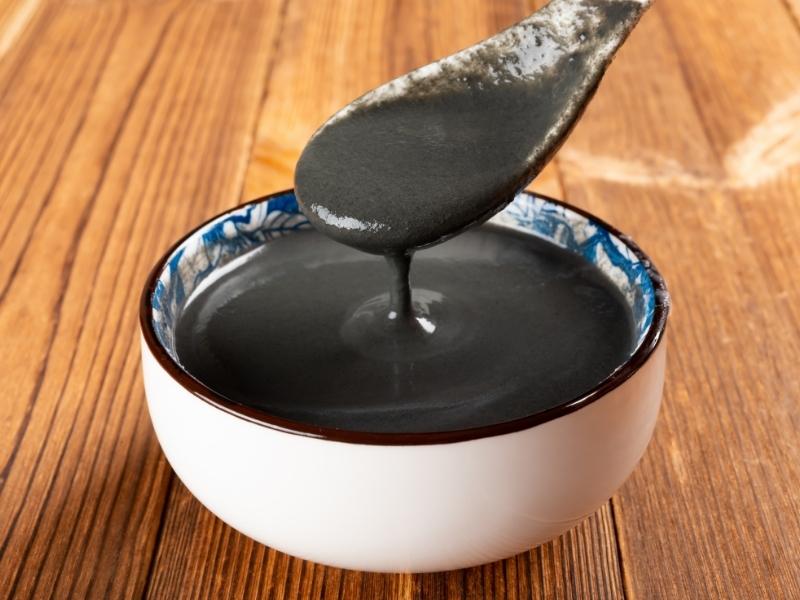
2. Sun butter (sunflower seed butter)
Sun butter, also known as sunflower seed butter, is another excellent substitute for tahini in hummus.
This butter is made from the seeds of sunflowers, which are toasted and then ground into a smooth paste. It has a nutty flavor, similar to tahini, but with a slightly sweeter note.
This substitute is a great choice for those who have nut allergies, as it is nut-free but still provides a similar texture and flavor to tahini. It is also a healthy choice, packed with Vitamin E, fiber, and protein.
Using sun butter in your recipes is simple. You can use it in a 1:1 ratio as a direct substitute for tahini. However, keep in mind that the flavor is slightly different, so it may alter the final result of your dish. But do not worry, it will still be delicious!
Sun butter can be used in a variety of recipes, from dressings to sauces, and even in baking. It is a versatile ingredient that can add a new twist to your vegan dishes.
3. Other seed butters
If you are looking for a unique and nutritious alternative to tahini, you might want to consider other seed butters. They are not just delicious but also packed with essential nutrients.
- Pumpkin Seed Butter: Pumpkin seed butter is a vibrant green spread that is rich in protein, fiber, and healthy fats. Its earthy and slightly sweet flavor can be a wonderful addition to your vegan recipes. You can easily make it at home by roasting and grinding pumpkin seeds.
- Poppy Seed Butter: On the other hand, poppy seed butter has a robust and slightly nutty flavor. It is an excellent source of calcium, zinc, and dietary fiber. You can use it as a tahini substitute in your salad dressings, dips, or even in baking.
- Watermelon Seed Butter: It is a lesser-known option but is gaining popularity for its creamy texture and mild flavor. It is rich in magnesium and iron and can be a great addition to your smoothies, toasting, and baking recipes.
- Hemp Seed Butter: This is another healthy alternative. It has a creamy texture and a mild, nutty flavor. It is a powerhouse of protein and essential fatty acids. You can use it as a spread, in dips, or in baking as a tahini substitute.
Keep in mind when substituting tahini with these seed butters, the flavor profile of your dish might change slightly. However, it can be an exciting way to introduce new flavors and nutrients to your meals.
4. Cashew butter
Cashew butter is an excellent choice when it comes to tahini substitutes. Made from ground cashews, this butter carries a sweet and mild flavor that can complement a variety of dishes. It is creamy and rich, much like tahini, and blends well into sauces, dressings, and dips.
Cashew butter is also a great source of healthy fats, proteins, and minerals. It is particularly high in magnesium, which is essential for bone health and energy production.
To use cashew butter as a tahini substitute, you can use it in the same quantity as you would tahini. For instance, if a recipe calls for a tablespoon of tahini, you can replace it with a tablespoon of cashew butter.
Keep in mind, though, that the flavor profile is slightly different, so it may alter the final outcome of your dish. However, in most cases, the substitution will still yield a delicious and satisfying result.
One important note is to ensure that you are using unsweetened and unsalted cashew butter. Many store-bought versions contain added sugars or salts, which can disrupt the balance of flavors in your recipe.
5. Other nut butters
When you find yourself out of tahini, do not fret. There are several other nut butters that can serve as a suitable substitute. Almond butter and peanut butter are the two most common alternatives you can use.
Almond butter has a creamy texture and a sweet, nutty flavor that is similar to tahini. It is packed with healthy fats, fiber, and protein, making it a nutritious addition to any meal. You can use almond butter in the same quantity as tahini in your recipes.
On the other hand, peanut butter has a slightly stronger flavor compared to tahini. However, it can still work as a substitute, especially in savory dishes. It is also rich in protein and healthy fats, just like tahini.
Remember, when using these nut butters as substitutes, it is best to opt for the unsweetened and unsalted varieties. This allows you to control the flavor and salt content of your dish.
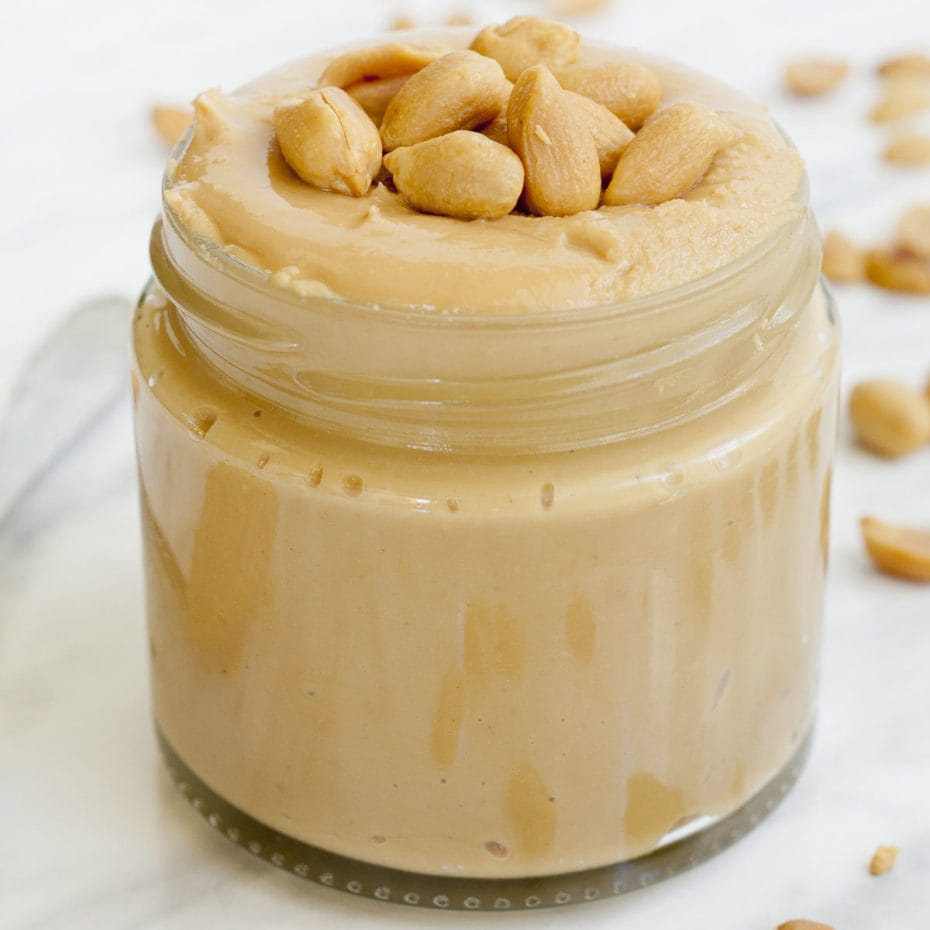
6. Sesame oil
If you are in the middle of a recipe and you find out that you have run out of tahini, do not worry. There is a simple solution for you – sesame oil.
It is one of the most popular substitutes for tahini. Sesame oil is derived from the same seeds as tahini, which makes it a great alternative.
When using sesame oil as a substitute, remember that it has a stronger flavor compared to tahini. Therefore, it is advisable to use it sparingly. Start by using half the amount of tahini required in the recipe, then adjust according to your preference.
Another tip when using sesame oil is to mix it with a nut butter like almond or peanut. This combination will give you a closer texture and flavor to tahini. Keep in mind that sesame oil is more liquid than tahini, so this mix will help thicken it up.
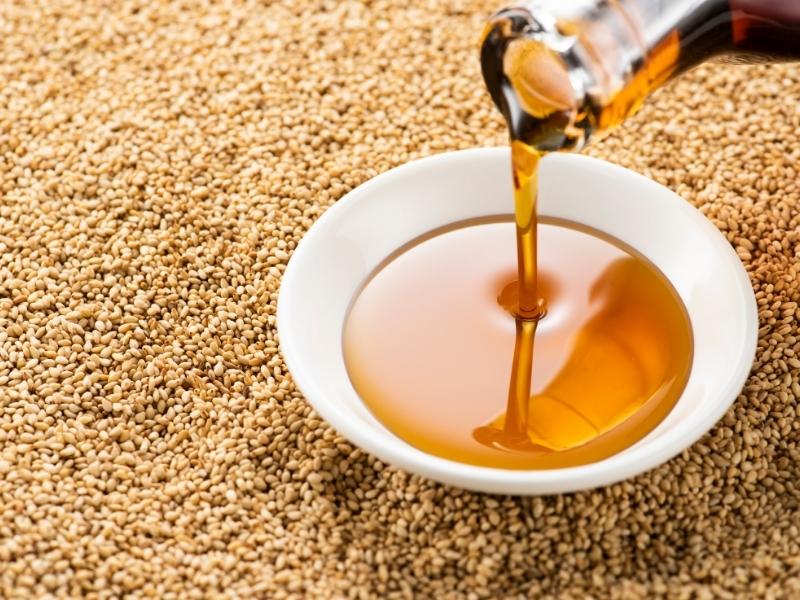
7. Kerisik (toasted coconut paste)
If you are looking for a unique and flavorful substitute for tahini in your recipes, consider using Kerisik, a popular ingredient in Southeast Asian cuisines. Made from finely ground, toasted coconut, Kerisik brings a rich, slightly sweet, and nutty flavor to your dishes.
To make Kerisik, you simply toast shredded coconut in a dry pan until it turns golden brown. Then, you grind it into a paste using a food processor or a mortar and pestle. The result is a creamy and fragrant paste that can be used in a variety of dishes.
In terms of texture and consistency, Kerisik is a close match to tahini. However, it does offer a different flavor profile. While tahini has a subtle, slightly bitter flavor, Kerisik is sweeter and more fragrant. This makes it a great option for those who prefer a sweeter note in their dishes.
Using Kerisik as a tahini substitute can be particularly beneficial in recipes like curries, stews, and sauces. The sweet and nutty flavor of the coconut paste can add a unique twist to these dishes, making them even more delicious and interesting.
However, it is important to note that Kerisik is not a direct substitute for tahini in every recipe. In some cases, the distinct flavor of toasted coconut might not work well. Therefore, it is recommended to experiment with small amounts first to see if it suits your personal preference and the specific recipe you are working on.
8. Yogurt and sour cream
For those who want to find a substitute for tahini, both yogurt and sour cream can be excellent choices. Both of these options offer a creamy texture and a tangy flavor, which can mimic the unique properties of tahini.
Yogurt, particularly unsweetened plant-based yogurt, can be a great tahini substitute. It has a smooth and creamy texture that is similar to tahini, making it a good alternative in recipes that call for tahini. Additionally, yogurt has a slightly tangy flavor that can complement many dishes.
On the other hand, sour cream, especially vegan sour cream, could also serve as a tahini substitute. Like yogurt, sour cream has a creamy texture and a slightly tangy flavor. It can be used in a variety of recipes, from sauces and dressings to baked goods and desserts.
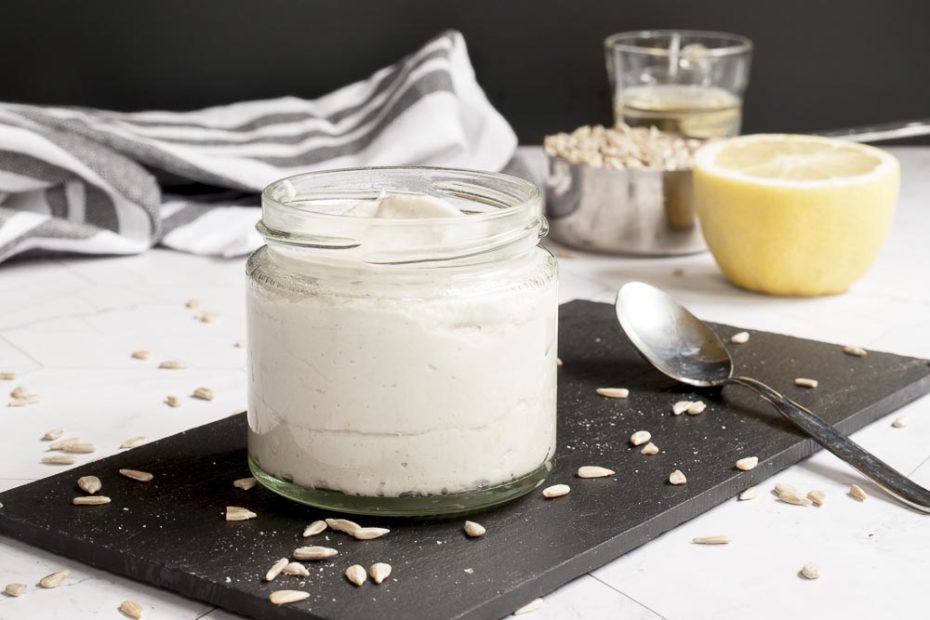
9. Chickpea butter
Chickpea butter is a great substitute for tahini in your vegan recipes. This plant-based alternative is simple to make at home and is packed full of protein, making it a healthy choice for your family. The flavor of chickpea butter is slightly nutty and sweet, similar to tahini, making it a great addition to a variety of dishes.
To make your own chickpea butter, you will need cooked chickpeas, olive oil, and a touch of salt. Begin by blending the chickpeas in a food processor until they become a smooth paste. Then, slowly add olive oil and continue to blend until the mixture reaches a creamy consistency. Finally, add salt to your liking.
This delicious alternative can be used in a variety of vegan recipes. It works particularly well in dishes such as hummus, salad dressings, and vegan baking.
Remember, when substituting chickpea butter for tahini in a recipe, use the same amount that the recipe calls for tahini. This ensures that your dish will have the right balance of flavors.
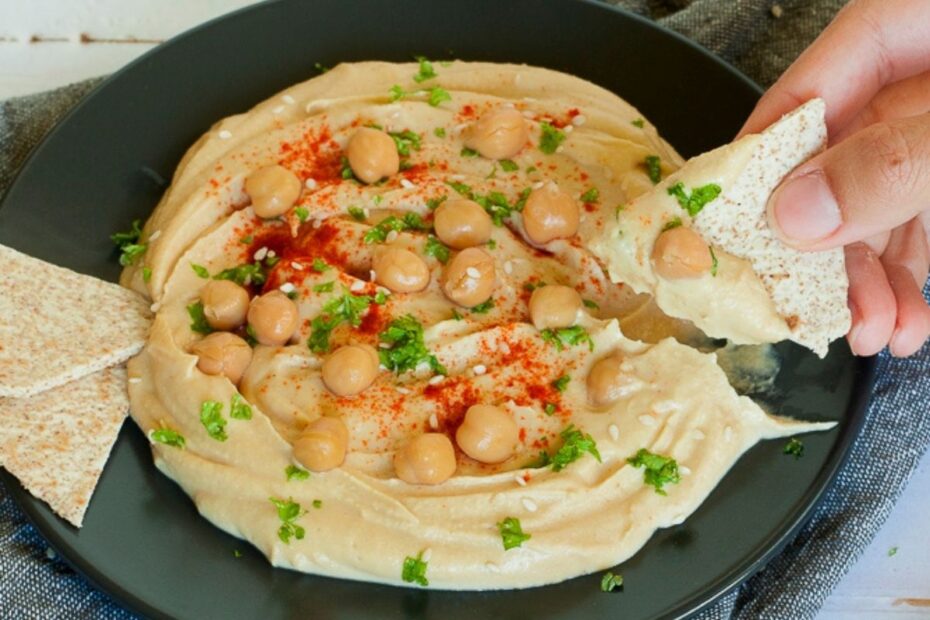
Frequently asked questions
While tahini is a common ingredient in many vegan recipes due to its rich, nutty flavor, and creamy texture, it is not essential. There are many alternatives that you can use, and the choice largely depends on the specific recipe and your personal preference.
Yes, making tahini at home is quite simple. All you need are sesame seeds and a good quality oil, like olive oil. First, toast the sesame seeds until they are lightly colored and fragrant. Then, blend them in a food processor, slowly adding oil until you achieve a smooth, creamy consistency.
Besides its creamy texture, tahini adds a rich, nutty flavor to recipes. It can enhance the depth of flavor in a dish, making it an excellent addition to salads, sauces, and even desserts.

⇒ GET OUR FREE 7-DAY VEGAN MEAL PLAN E-BOOK NOW! OR CHECK OUT ALL VEGAN MEAL PLAN RECIPES! ⇐



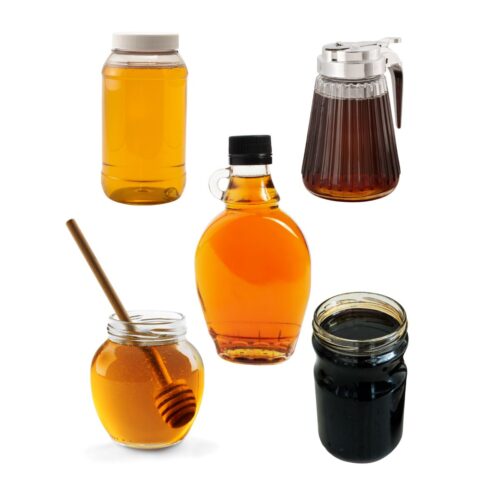

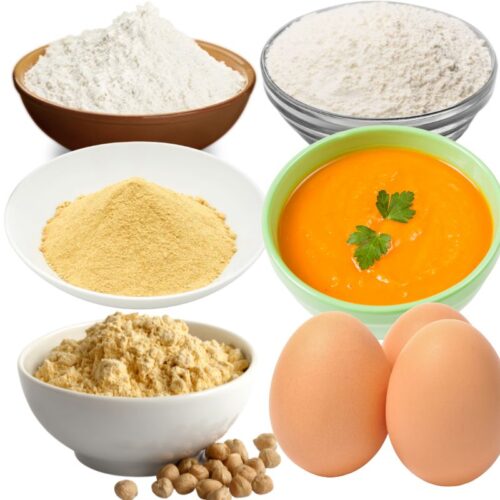
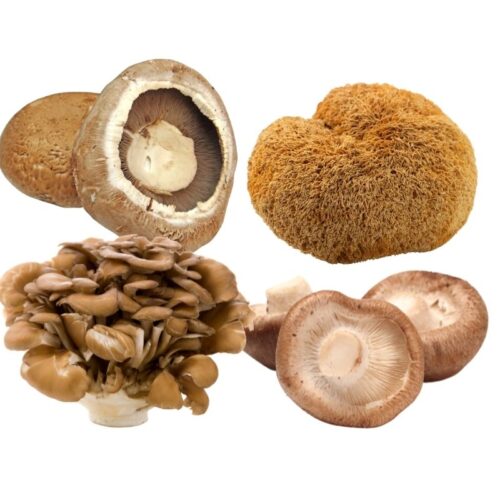
Leave a comment